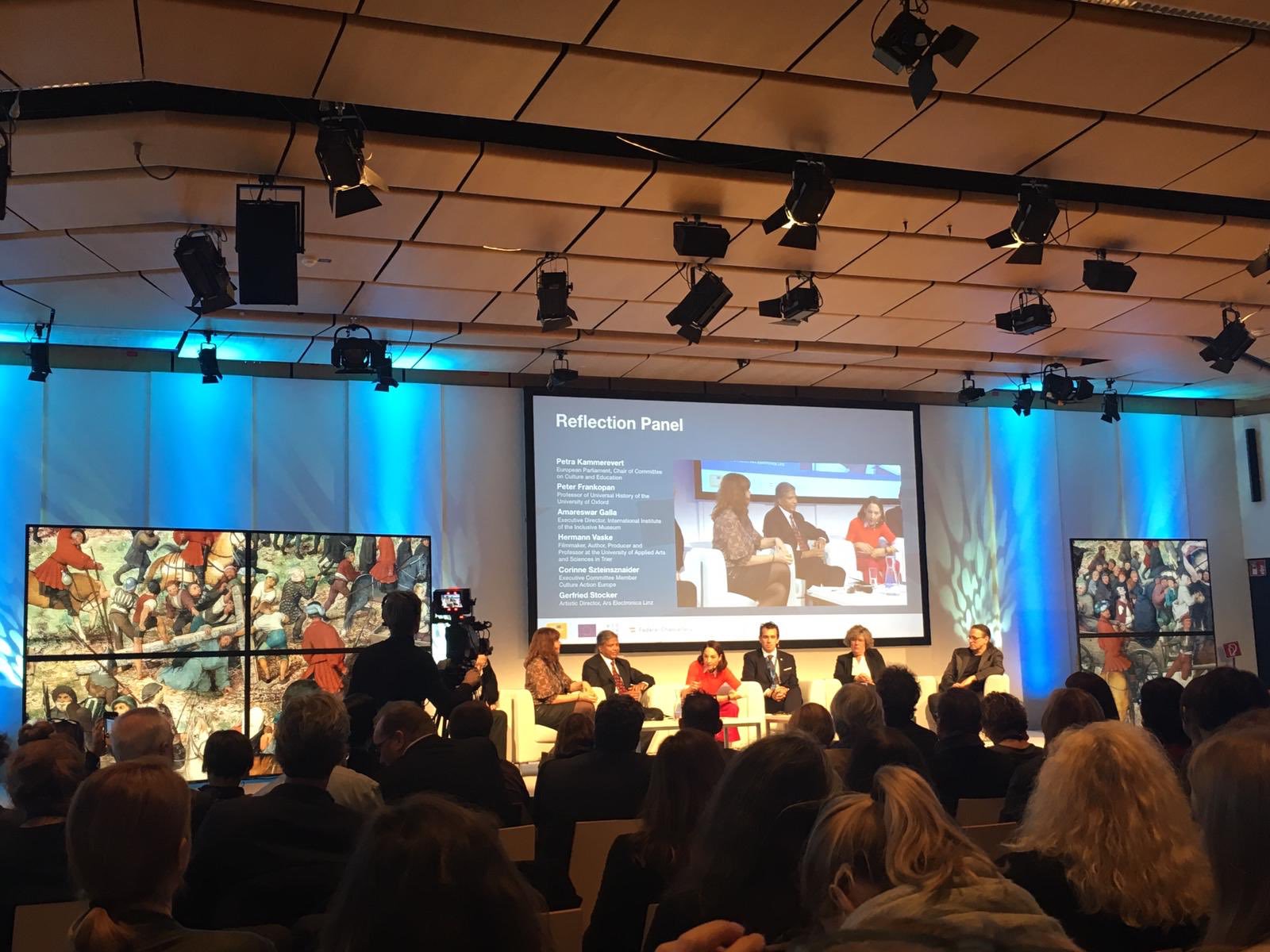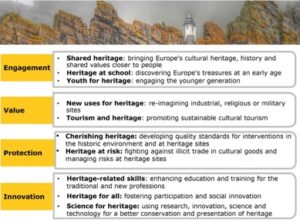
17Dec
Our heritage: where the past meets the future
Each Member State has appointed a National Coordinator to implement the year and coordinate events and projects at local, regional and national level. Key stakeholders from the cultural sector as well as civil society organisations were closely involved in the year’s activities.
To make sure the European Year of Cultural Heritage leaves a policy imprint beyond 2018, the European Commission was running long-term activities around 10 different, but related themes, called the 10 European Initiatives. The 10 European Initiatives correspond to 4 principles: Engagement, Sustainability, Protection and Innovation.

These initiatives have included activities with schools, research on innovative solutions for re-using heritage buildings or the fight against illicit trafficking of cultural goods with the objective to help trigger real change for cultural heritage and ensuring that the European Year benefits citizens in the longer term.
EU institutions were committed to make the year an achievement. The European Commission, the European Parliament and the Council of the European Union, as well as the Committee of the Regions and the European Economic and Social Committee organised different events related to the year and initiated activities that are putting cultural heritage into the focus.
During the closing event of the European Year of Cultural Heritage (6-7 December 2018, Vienna), the European Commission launched the European Framework for Action on Cultural Heritage also as a legacy of the year. This Framework for Action re-affirms and puts into practice the principle of mainstreaming of cultural heritage in different EU policies.
The Framework establishes a set of 4 objectives and 5 pillars in order to continue actions. The 4 objectives are:
- A holistic approach, looking at cultural heritage as a resource for the future and putting people at its heart;
- Mainstreaming and integrated approach across different EU policies;
- Evidence-based policy making, including through cultural statistics;
- Multi-stakeholder cooperation, encouraging the dialogue and exchange among a wide range of actors when designing and implementing cultural heritage policies and programmes.
The 5 pillars are as follows:
- Cultural heritage for an inclusive Europe: participation and access for all;
- Cultural heritage for a sustainable Europe: smart solutions for a cohesive and sustainable future;
- Cultural heritage for a resilient Europe: safeguarding endangered heritage;
- Cultural heritage for an innovative Europe: mobilising knowledge and research;
- Cultural heritage for stronger global partnerships: reinforcing international cooperation
and each pillar corresponds to a limited number of clusters of actions.
The Framework is also establishing an informal Commission expert group, the Cultural Heritage Forum, that will be a platform for consultation and exchanging ideas and best practices, involving different actors in order to promote public policies that ensure the long-term value and sustainability of Europe’s cultural heritage based on an integrated approach.
div>
Together to discover more about the European Framework for #Action on #CulturalHeritage: a common direction for heritage-related activities as well as an #inspiration for cities, regions, CH organizations & networks in #Europe #EYCH2018 #EuropeForCulture #EU_H2020 #H2020 pic.twitter.com/Fgieku2eZ8
— CLIC_EU (@CLIC_EU) December 7, 2018
